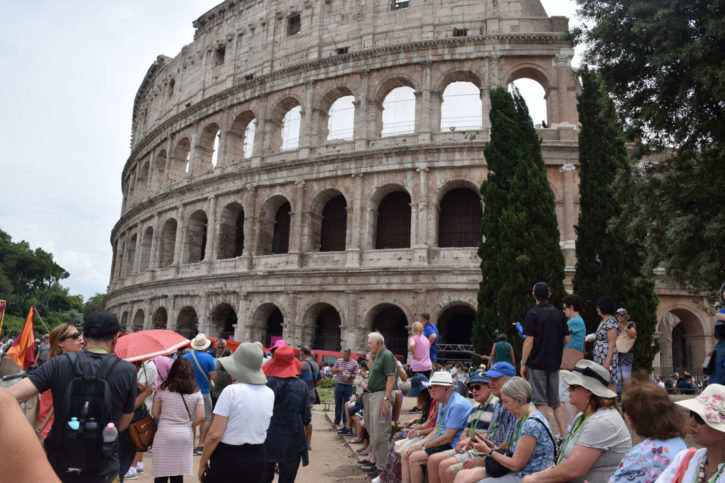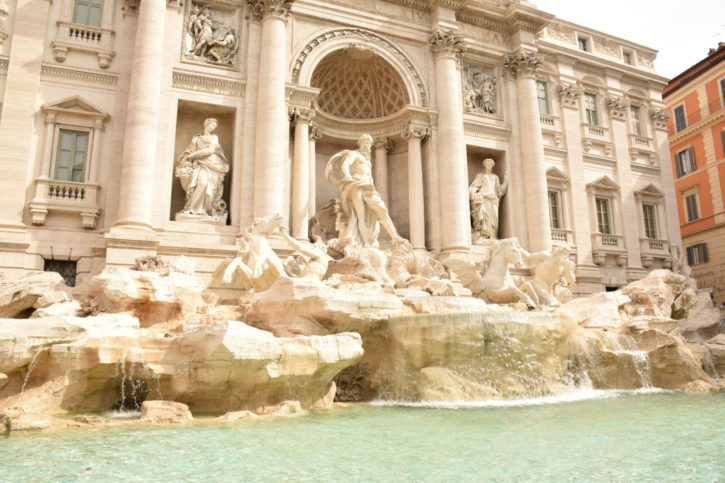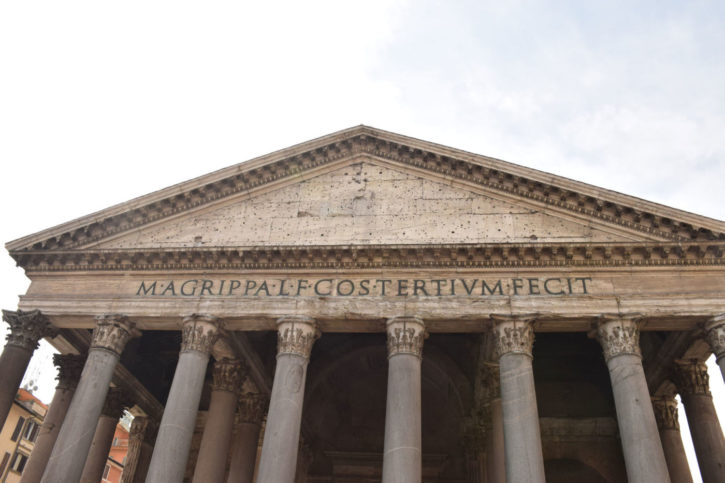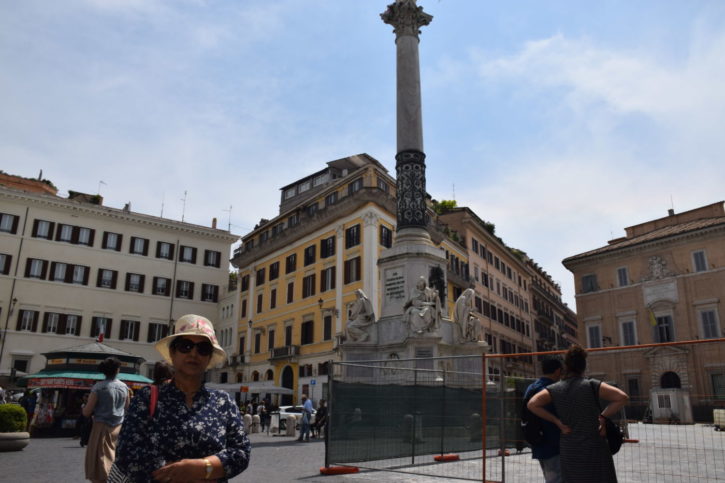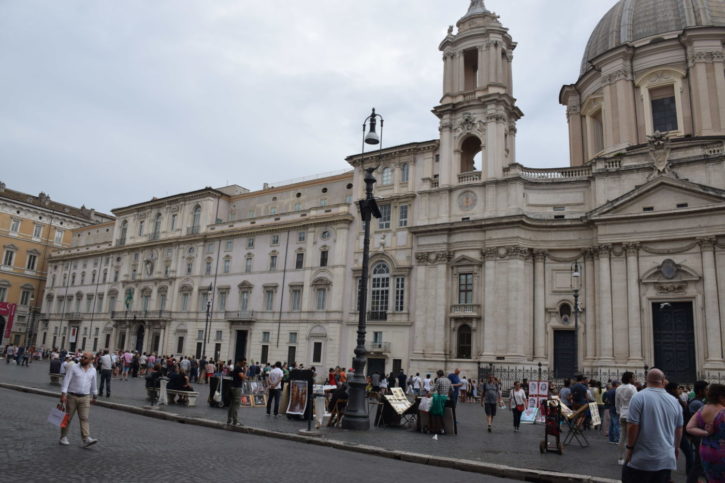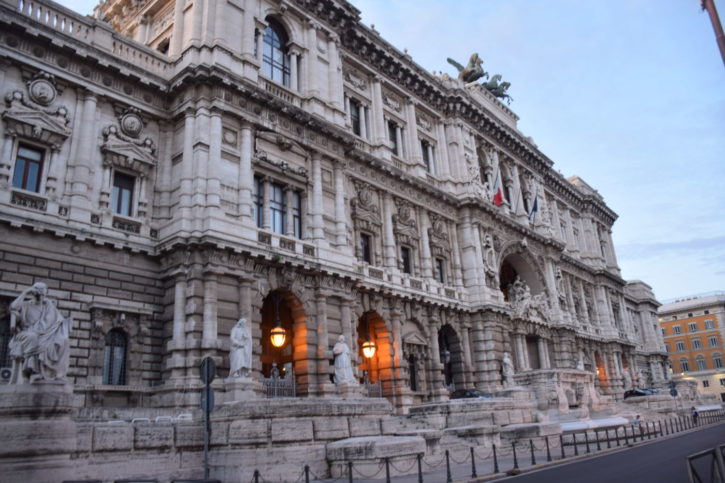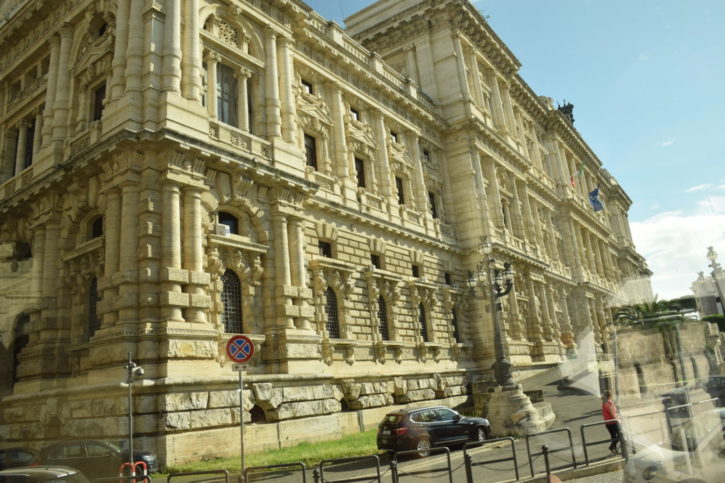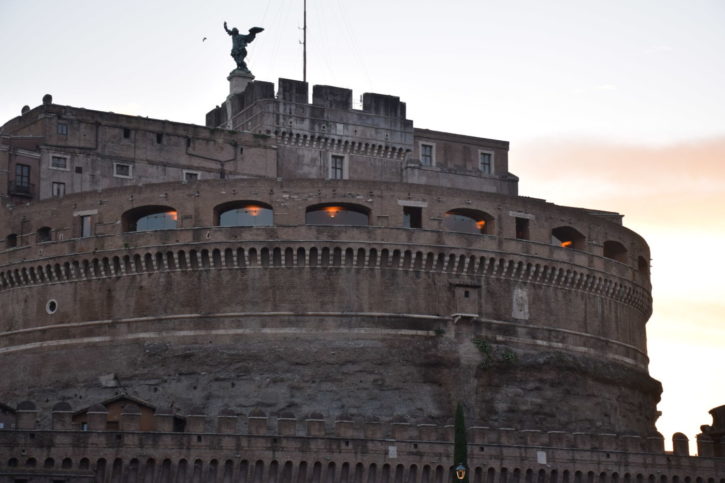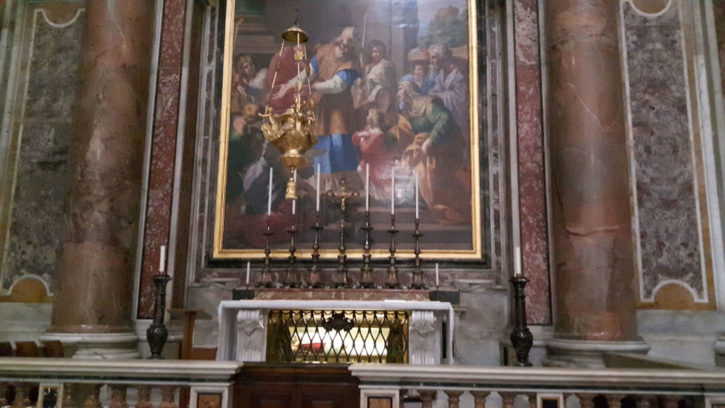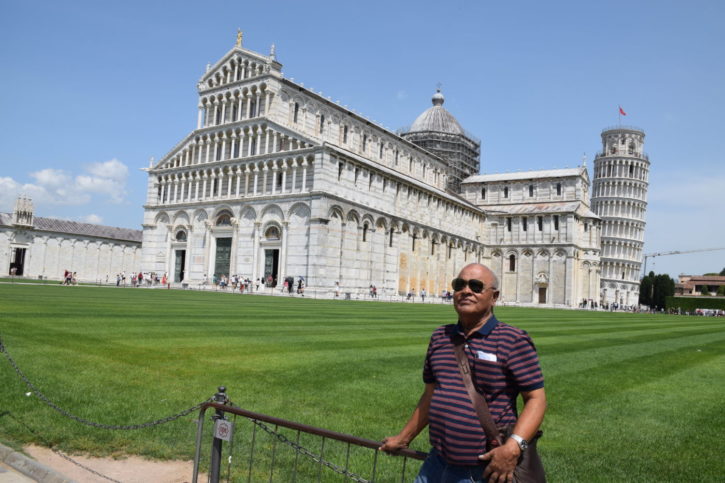Colosseum
A giant Amphitheater was built sometime between 70 -72AD, in Rome under the Flavian Emperors, with a capacity of 50,000-seats. It was originally clad in travertine and covered by a huge canvas awning. Inside, tiered seating encircled the arena, itself built over an underground complex where animals were caged and stage sets …

